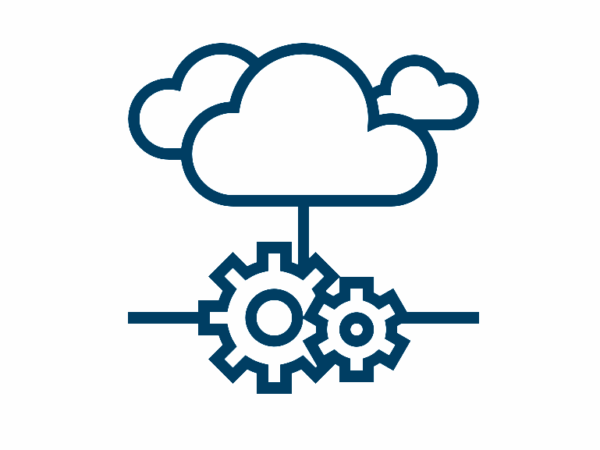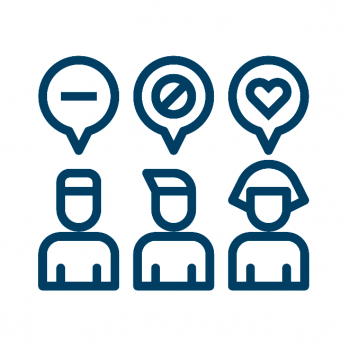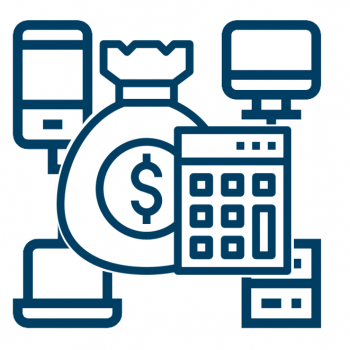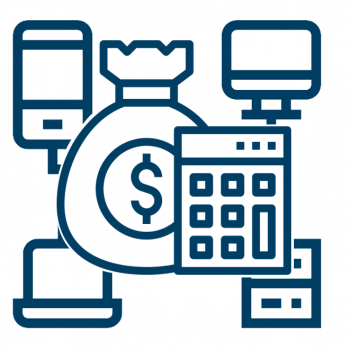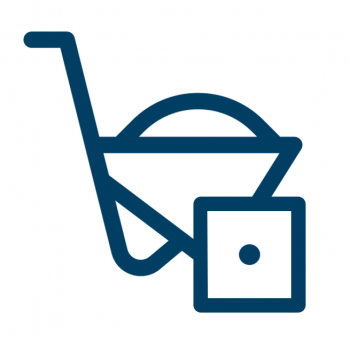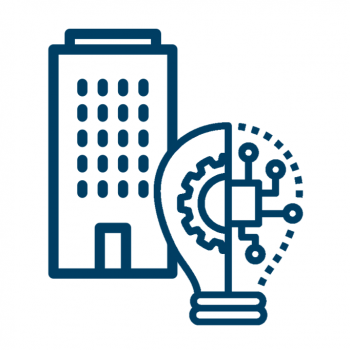SaaS aka Software-as-a-Service is the “new way” of providing software to users.
SaaS refers to those tools where users get their functionality on the web, on a rental basis. Instead of the “old way”, where these tools are generally bought, installed and run on computers in an office.
Benefits of SaaS (compared to the old way)
- Low setup costs for users, low maintenance costs for software providers
- User self-serve and flexibility 1: ability to turn on more or less of the software as your business evolves, change system settings – for example add more users, add modules, change company-wide branding or update your user contact details
- User self-serve and flexibility 2: through the use of APIs, users can “build on” their systems, or add to functionality
- Ability for users of SaaS to get new updates, features, upgrades and bug fixes (see here) – very fast
- Ability for users to be assigned different permissions and roles from system tools to data access
- Speed: the time from decision to a live working system is short
- Simplicity: the “computer does the work”. Software providers are empowered with the tools to handle system complexity, so users don’t have to
- Ease of support for both users and providers of software. Users’ systems can be accessed by software providers on the web, and any issues or challenges can be easily reproduced
The major challenge of SaaS
- Reliance on internet connection speeds. Internet is the fuel that software runs on. Bad internet equals slow software
SaaS applications are also known as web-based software, on-demand software and hosted software
For more info, please see Wikipedia

